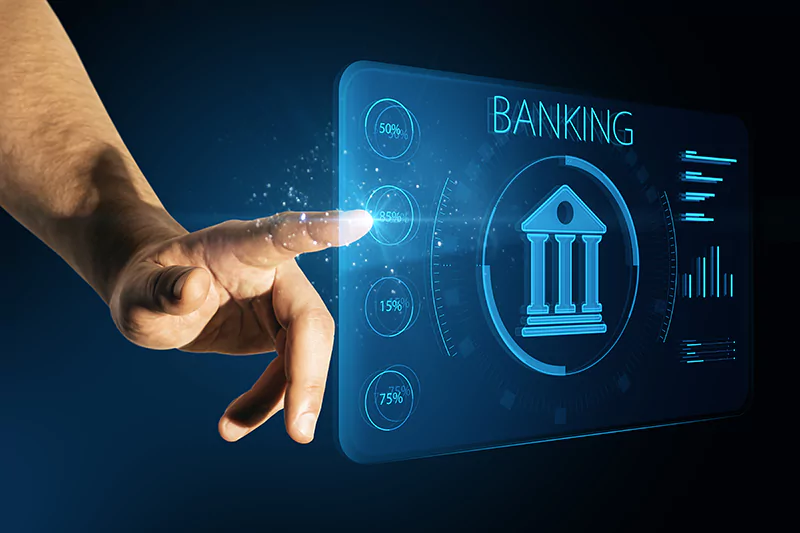Phygital Banking
US and European banks reduced physical branches due to digital adoption, but Indian banks expanded branches. JP Morgan Chase and Bank of America now plan to open new branches, recognizing the continued need for physical networks.
- 80-95% of India’s retail banking still relies on physical branches, emphasizing their continued relevance.
- Banks must continuously upgrade networks to maintain brand presence and customer satisfaction.
- Future banking will focus on integrating human interaction with digital technology for trust and loyalty.
Importance of Physical Branches in Banking
- Research indicates that while 70% of consumers explore digital banking, only 23% complete financial needs online.
- Personal interaction with financial advisors remains crucial for wealth management and complex banking decisions.
- Physical branches enhance customer trust, loyalty, and problem resolution.

Evolution of “Phygital” Banking
- Combination of physical and digital banking experiences to offer seamless financial solutions.
- Integration of digital kiosks, AI systems, and augmented reality to enhance customer service.
- Bank branches are evolving into advisory centers rather than just transactional hubs.
Business Expansion and Network Effect
- Banking, education, and healthcare sectors use digital tools to complement, not replace, physical infrastructure.
- Large branch networks help banks capture a greater market share and maintain strong customer relationships.
- “Network effect” ensures banks with more branches have a higher business volume.
Technological Advancements in Banking
- AI-driven customer assistance, interactive kiosks, and automated financial advisory services.
- Branch layouts redesigned to facilitate consultation rather than only transactions.
- Banks are shifting towards operating branches as individual profit centers to improve Return on Assets (RoA).













